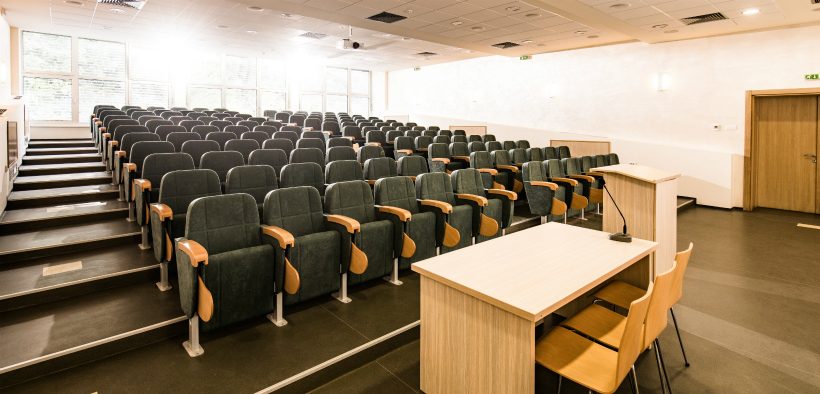Classroom climate “profoundly shapes” the experience of both instructor and students. That’s a claim made by two authors of a study that looked at syllabi from sociology courses to see what they said about classroom climate (Valentin & Grauerholz, 2019, p. 219). They found that most of the statements focused on students and their need to respect each other. Students are key, but they don’t provide the leadership needed to establish or maintain the classroom climate. That’s a teacher’s responsibility.
Related Articles
I have two loves: teaching and learning. Although I love them for different reasons, I’ve been passionate about...
Active learning is a mostly meaningless educational buzzword. It’s a feel-good, intuitively popular term that indicates concern for...
Perhaps the earliest introduction a student has with a course is the syllabus as it’s generally the first...
Generative AI allows instructors to create interactive, self-directed review activities for their courses. The beauty of these activities...
I’ve often felt that a teacher’s life is suspended, Janus-like, between past experiences and future hopes; it’s only...
I teach first-year writing at a small liberal arts college, and on the first day of class, I...
Proponents of rubrics champion them as a means of ensuring consistency in grading, not only between students within...









